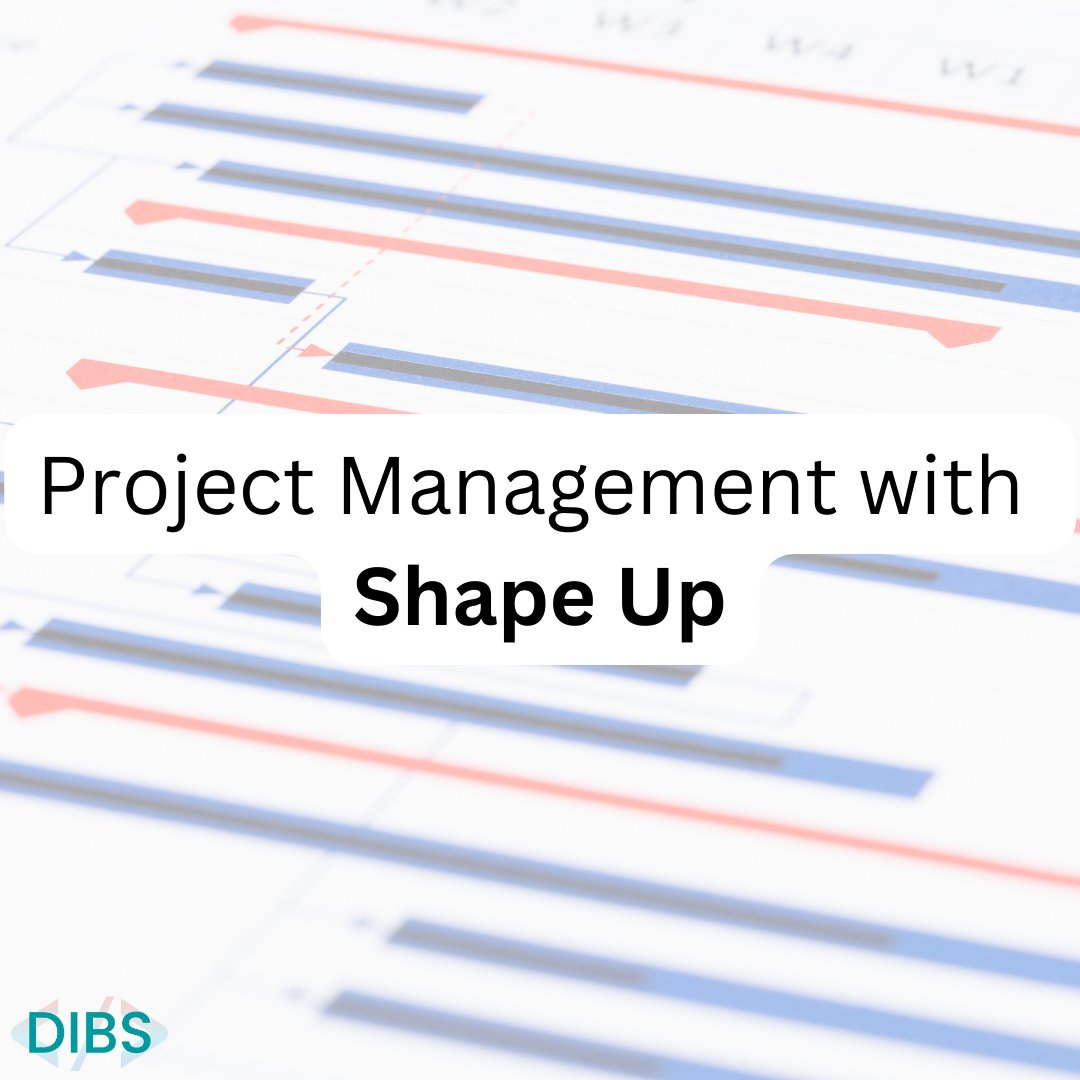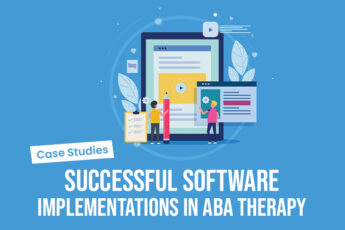In the ever-evolving landscape of project management, the right methodology can be a game-changer. For business professionals and startups looking to enhance their project management practices, understanding how ‘Shape Up’ fits into the world of project management can be enlightening. In this comprehensive guide, we’ll explore the ‘Shape Up’ methodology, its principles, and its comparison with traditional Agile methodologies, all within the context of project management.
Introduction to Project Management
Project management is the most important part of successful initiatives. It’s the discipline of planning, executing, and closing projects efficiently. To excel in this field, it’s essential to explore various methodologies that can help streamline your project management process.
Exploring ‘Shape Up’ in Project Management
The ‘Shape Up’ methodology offers a fresh perspective on project management. At its core, it revolves around structured, time-bound cycles, usually lasting six weeks each. Unlike traditional Agile methodologies, which rely on continuous sprints, ‘Shape Up’ advocates for a more measured and purpose-driven approach. Here’s a look at its key components:
1. Understanding ‘Shape Up’: ‘Shape Up’ is a project management methodology that emphasizes structured, time-boxed cycles as the foundation of efficient project execution.
2. Leveraging Betting Tables for Stakeholder Involvement: A stand out feature of ‘Shape Up’ is the concept of betting tables. These tables enable teams to create a list of project ideas or features and allow stakeholders to bet on which ones should take priority in the next cycle. This democratic approach ensures that the most valuable projects get selected.
3. Embracing Adaptability and Discarding Roadmaps: Unlike Agile methodologies that often rely on long-term roadmaps, ‘Shape Up’ concentrates on the work at hand within the current cycle. This flexibility fosters adaptability and the ability to pivot when necessary.
Advantages of ‘Shape Up’ in Project Management
Why should project managers consider adopting ‘Shape Up’? Let’s explore some of the key advantages:
1. Enhanced Focus: ‘Shape Up’ promotes focused efforts by working on a specific set of tasks during each cycle. This approach minimizes distractions, resulting in higher productivity and a greater sense of achievement.
2. Efficient Resource Allocation: Betting tables help allocate resources to the most promising projects, thus ensuring that your team’s efforts are directed toward the most impactful work.
3. Informed Decision-Making: With ‘Shape Up,’ you’re constantly reassessing and reprioritizing based on real-world feedback. This iterative approach leads to more informed decision-making and improved project outcomes.
Comparison of ‘Shape Up’ with Traditional Agile
Now, let’s draw a comparison between ‘Shape Up’ and traditional Agile methodologies:
1. Time-Boxed vs. Continuous: While Agile relies on sprint cycles, ‘Shape Up’ uses fixed time-boxed cycles, providing more structured planning and execution.
2. Stakeholder Involvement: Agile often involves stakeholders throughout the project, whereas ‘Shape Up’ relies on a betting system for stakeholder input. This results in more focused and efficient decision-making in ‘Shape Up.’
3. Roadmaps vs. Adaptability: Agile leans on long-term roadmaps, whereas ‘Shape Up’ thrives on adaptability and focuses on the present work. ‘Shape Up’ is particularly appropriate for projects requiring frequent reassessment and adaptative planning.
Implementing ‘Shape Up’ in Project Management
If you’re considering implementing ‘Shape Up’ in your project management practices, here are some practical tips to get started:
- Launch a pilot project to test the methodology and tailor it to your team’s specific needs.
- Invest in training and education for your team to ensure everyone grasps the ‘Shape Up’ principles and practices.
- Establish a clear process for creating and managing betting tables, facilitating effective stakeholder involvement.
- Embrace the concept of avoiding long-term roadmaps and prioritize short-term cycles for a more agile approach.
Conclusion
In the realm of project management, ‘Shape Up’ offers a new alternative to traditional Agile methods. Its focus on time-boxed cycles, democratic decision-making through betting tables, and adaptability make it an exciting choice for business professionals and startups. By mastering ‘Shape Up,’ you can improve your project management process, make informed decisions, and ultimately achieve superior project results.
This blog post has delved into the ‘Shape Up’ methodology and its applications within project management. To have true expertise in this methodology, consider further exploration, practical application, and learning. As you embark on this journey, you’ll uncover the power of ‘Shape Up’ in improving your project management practices.
Feel free to use this blog post as a reference or adapt it as needed for your specific purposes. If you have any further questions or require any modifications, please write down in the comments section below.







Leave a Comment